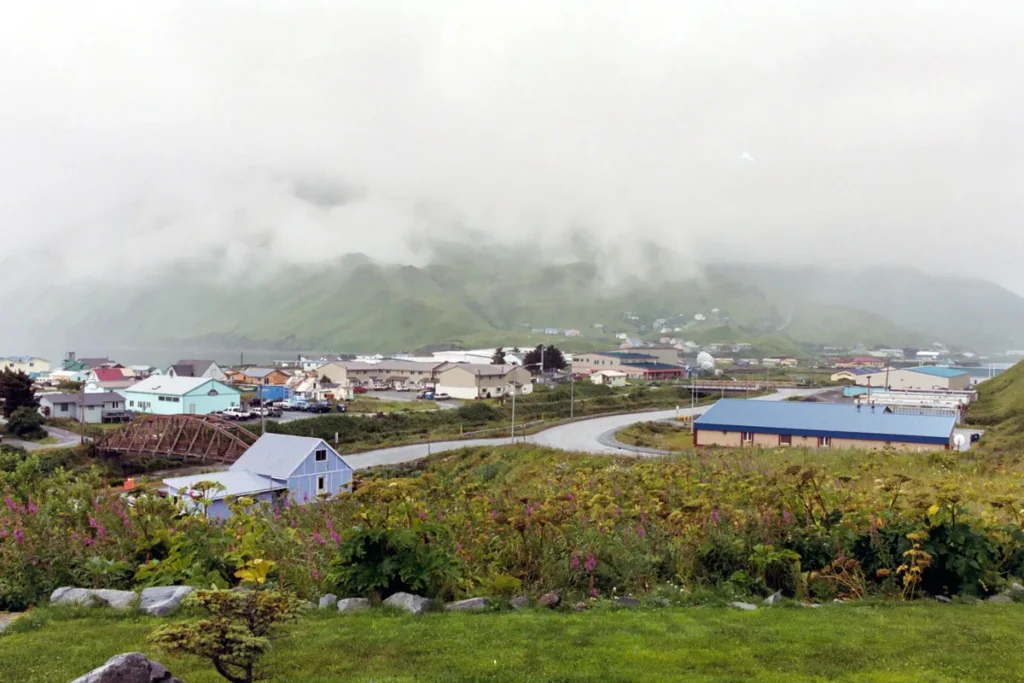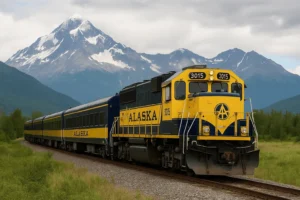In Alaska, transportation isn’t just about getting from point A to point B; it’s a lifeline. This is especially true for the many remote villages in Alaska scattered across the vast and rugged landscape. With 82% of Alaskan communities not connected to any road system, air, and marine transport are essential for maintaining a connection with the outside world.
Air Transportation:
In many parts of Alaska, air travel is the only feasible way to access essential goods and services. The Ted Stevens Anchorage International Airport is a major hub, ranking as one of the busiest in the world. This airport is crucial, as 85% of all goods transported to and from Alaska rely on air cargo. From food to medical supplies, air transport is the backbone of daily life in these isolated areas. The state operates 237 airports, providing critical infrastructure that supports not just passenger travel but also freight and emergency services.
In some regions, even small planes and seaplanes become essential, flying into areas where larger aircraft can’t land. The world’s busiest seaplane base, Lake Hood, handles over 190,000 flight operations annually, showcasing the importance of versatile air travel options.
Marine Transportation:
For coastal and island communities, marine transportation is equally vital. The Alaska Marine Highway System operates nine ferries across 3,500 marine miles, serving 35 communities. This system not only facilitates passenger travel but also moves a substantial amount of goods. The Port of Anchorage is a key entry point, handling 90% of incoming products, including food and household items. These goods are then distributed throughout the state, with half of them going to other areas like Fairbanks and Bethel.
Marine transport is particularly crucial during the winter months when other forms of transport can be hindered by extreme weather conditions. For many residents, the ferry is not just a mode of travel; it’s a connection to the rest of the world.
Bottom Line
In summary, transportation systems in Alaska are more than just a means of getting around; they are a critical infrastructure that supports the daily lives and economies of remote villages in Alaska. Whether by air, marine, or even drone, these systems ensure that even the most isolated communities remain connected to the world.












